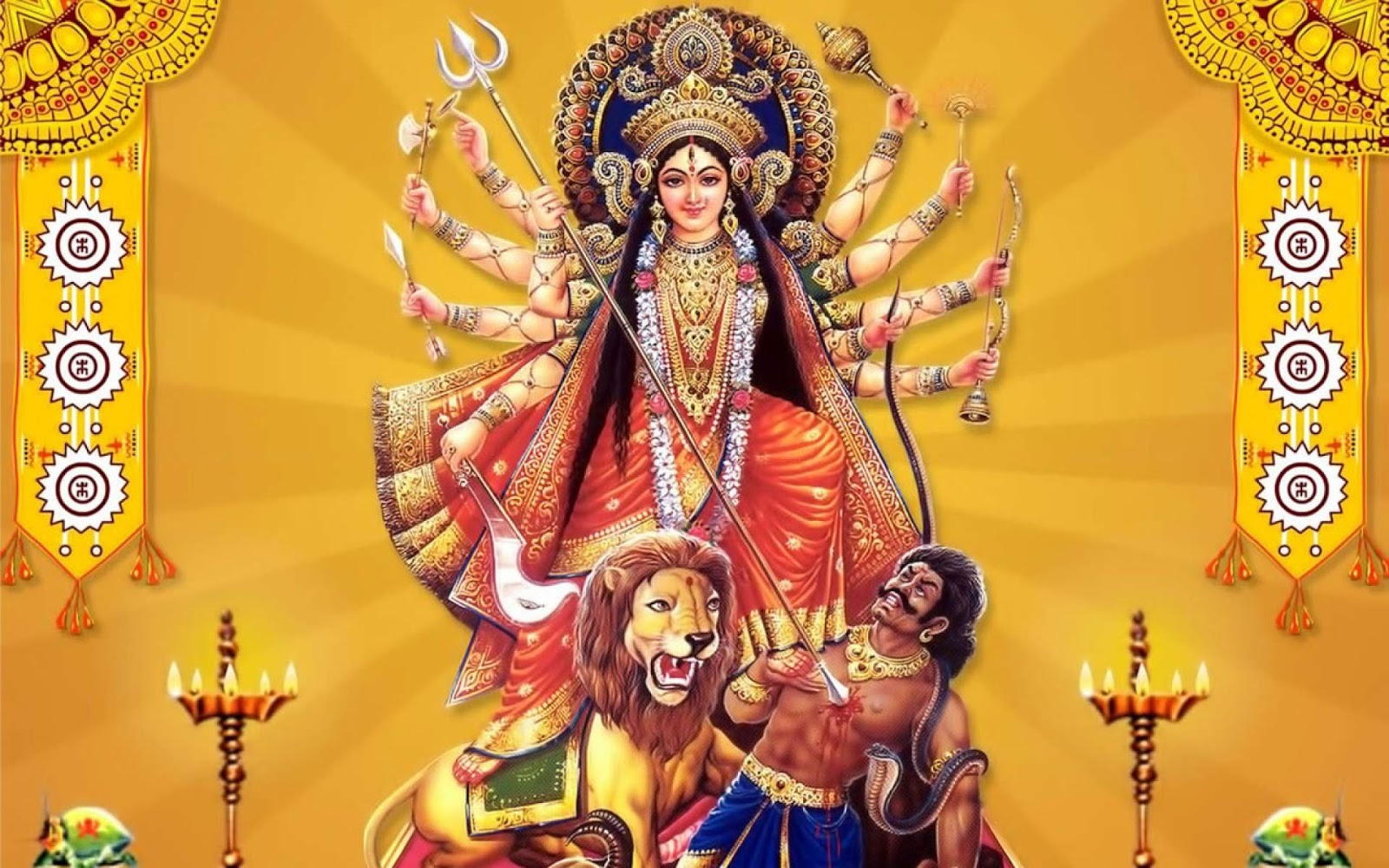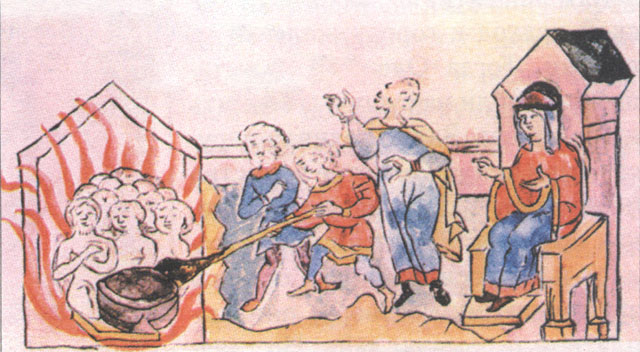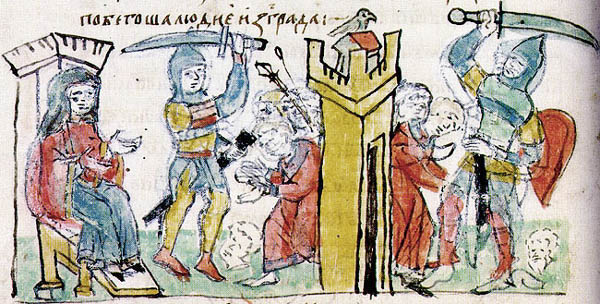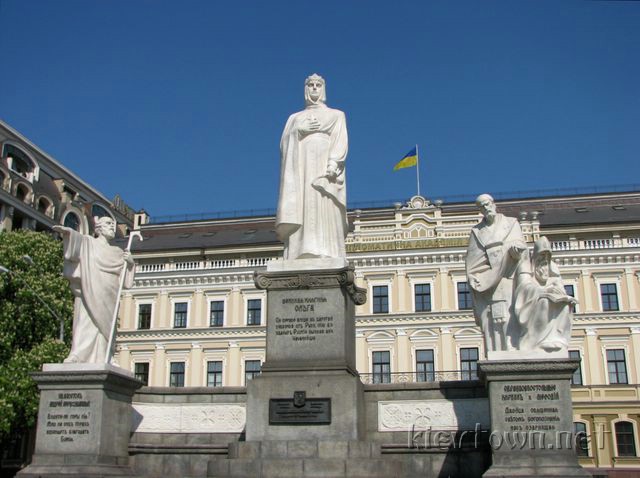“All I want to do is ride the storms, tame the crashing waves, kill the sharks of the Eastern Sea, cleanse the land, and save the people from drowning. I refuse to mimic the others, bow my head down, lower myself, and become another concubine!”
– Triệu Thị Trinh, 248A.D.
_____
When rebellion in the United States is recalled, George Washington and other less than ideal Founding Fathers are brought to the forefront of the conversation. In Vietnam it is Lady Triệu, a Goddess atop an elephant, leader of rebellion.
According to the history recorded by "Freedom for Vietnam" on Wordpress, which catalogs the heroes and historical background of this time, the scene is set in 248A.D. The Chinese Han invasion had been oppressing Vietnam for around two hundred years. Triệu Thị Trinh is twenty years old, and after growing up with her brother she chooses to follow him into the mountains, where there is talk of rebellion brewing. In fear of her safety, her brother tries to send her home, to which she refused. She'd watched the men of the rebellion in their preparation for war and was prepared to fight with them. She was twenty three when she rode into battle for the first time.
The title of Lady Triệu came from honor rather than birth. For months of following with the warriors, fighting with them in every conflict, they marveled at her skill in battle. Her intellect and bravery were at the heart of the rebellion, and they named her their leader.
The rebels, though small in numbers, were able to hold their own against the Kingdom of Wu for months under her guidance. After six month of bravery, standing off against oppressors with a force only a fraction of the size, Lady Triệu's forces finally fell. In the time following, after escaping from capture, she followed the tradition of warriors before her and ended her own life to protect her honor.
This legend, it is to be noted, is only one of several in Vietnam history that follow women led rebellion, the other major tale being of the Trung sisters, who were also strong female warriors that cannot be left out of Lady Triệu's narrative, as they function greatly as her predecessor. The sisters who fought and led in rebellions due to their compassion for the people, as well as personal vengeance, will almost always be mentioned alongside Lady Triệu. The Nguyen Thai Hoc Foundation, found here x, goes into their story a great deal, and provides a historical context of women warriors in Vietnam's rebellion.
Lady Triệu offers an incredible international context of woman in war, and though only scratching the surface, is a critical part of a larger narrative. Every Lady Triệu, every woman warrior, added to the conscience of the general public adds something to the universal nature of women fighting with men, not in their shadows.
__
Works Cited:
“Lady Triệu: The Goddess Who Fought the Wu.” Freedom For Vietnam, 6 Sept. 2015, freedomforvietnam.wordpress.com/2010/07/20/lady-tri%E1%BB%87u-the-goddess-who-fought- the-wu/.
“Lady Triệu: The Goddess Who Fought the Wu.” Freedom For Vietnam, 6 Sept. 2015, freedomforvietnam.wordpress.com/2010/07/20/lady-tri%E1%BB%87u-the-goddess-who-fought- the-wu/.
Nguyen, V Chu, and Tuyet A Tran. “Trung Trac and Trung Nhi.” Nguyen Thai Hoc Foundation,
www.nguyenthaihocfoundation.org/lichsuVN/m_trungnuvuong2.php.
“Prelude to the Heroes: 1000 Years of Chinese Occupation.” Freedom For Vietnam, 6 Sept. 2015, freedomforvietnam.wordpress.com/2010/07/18/prelude-to-the-heroes-1000-years-of-chinese- occupation/.





















